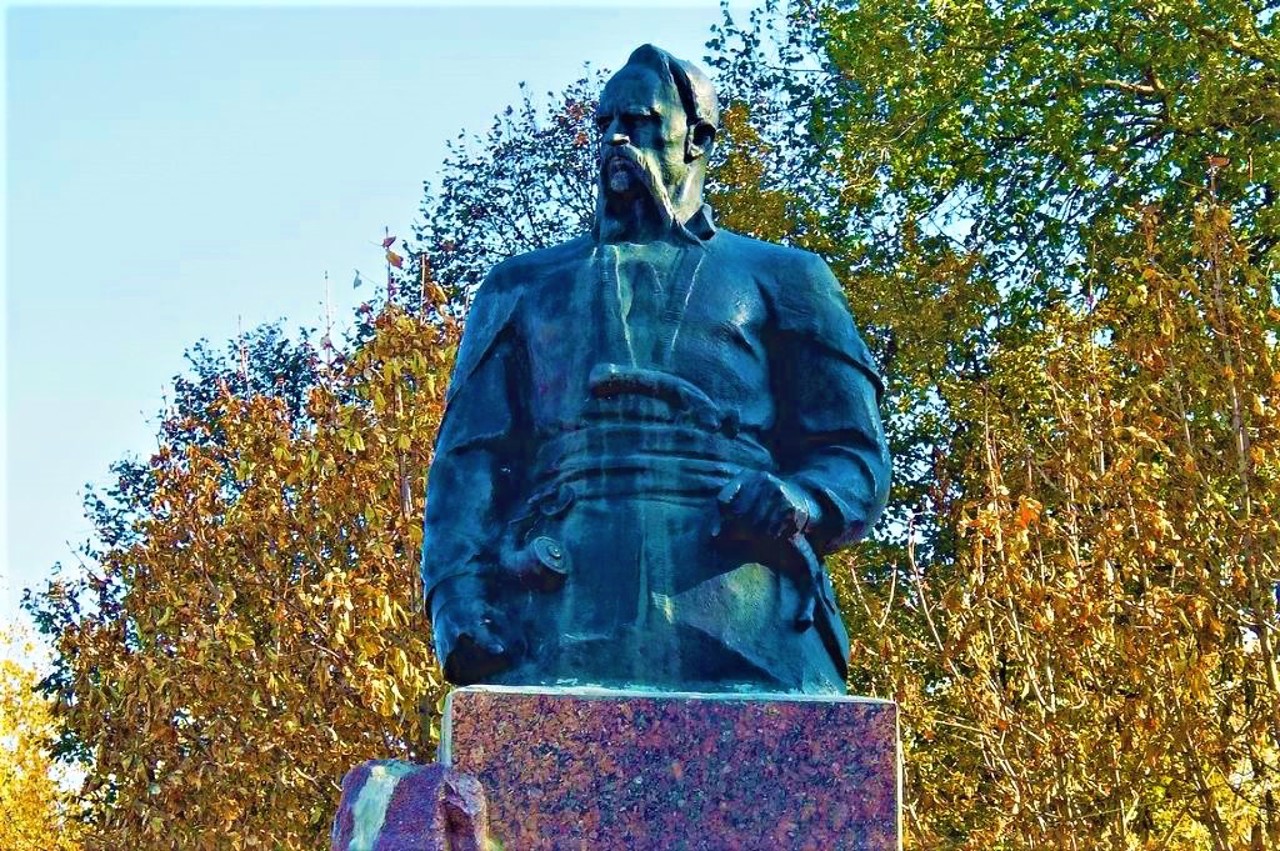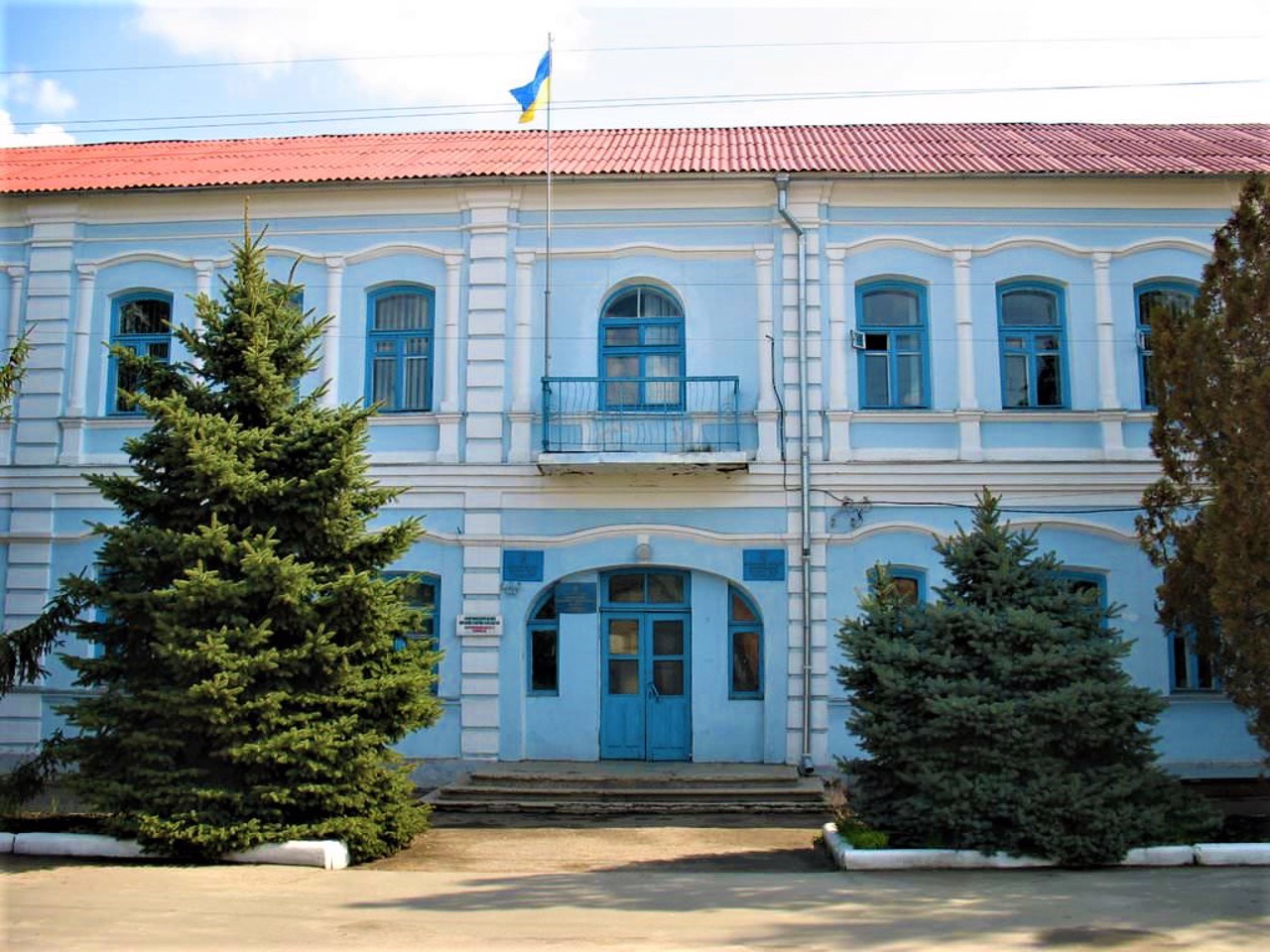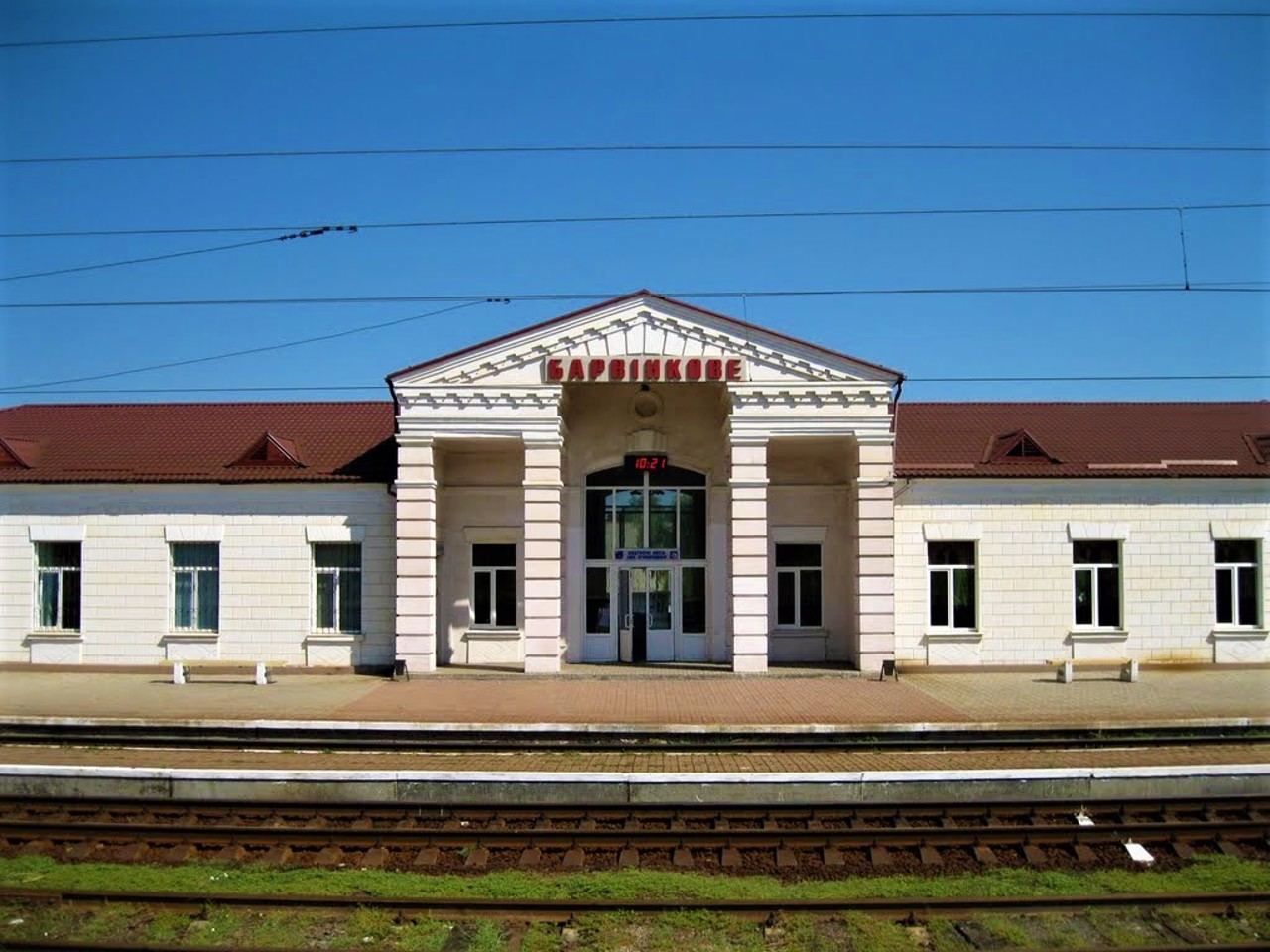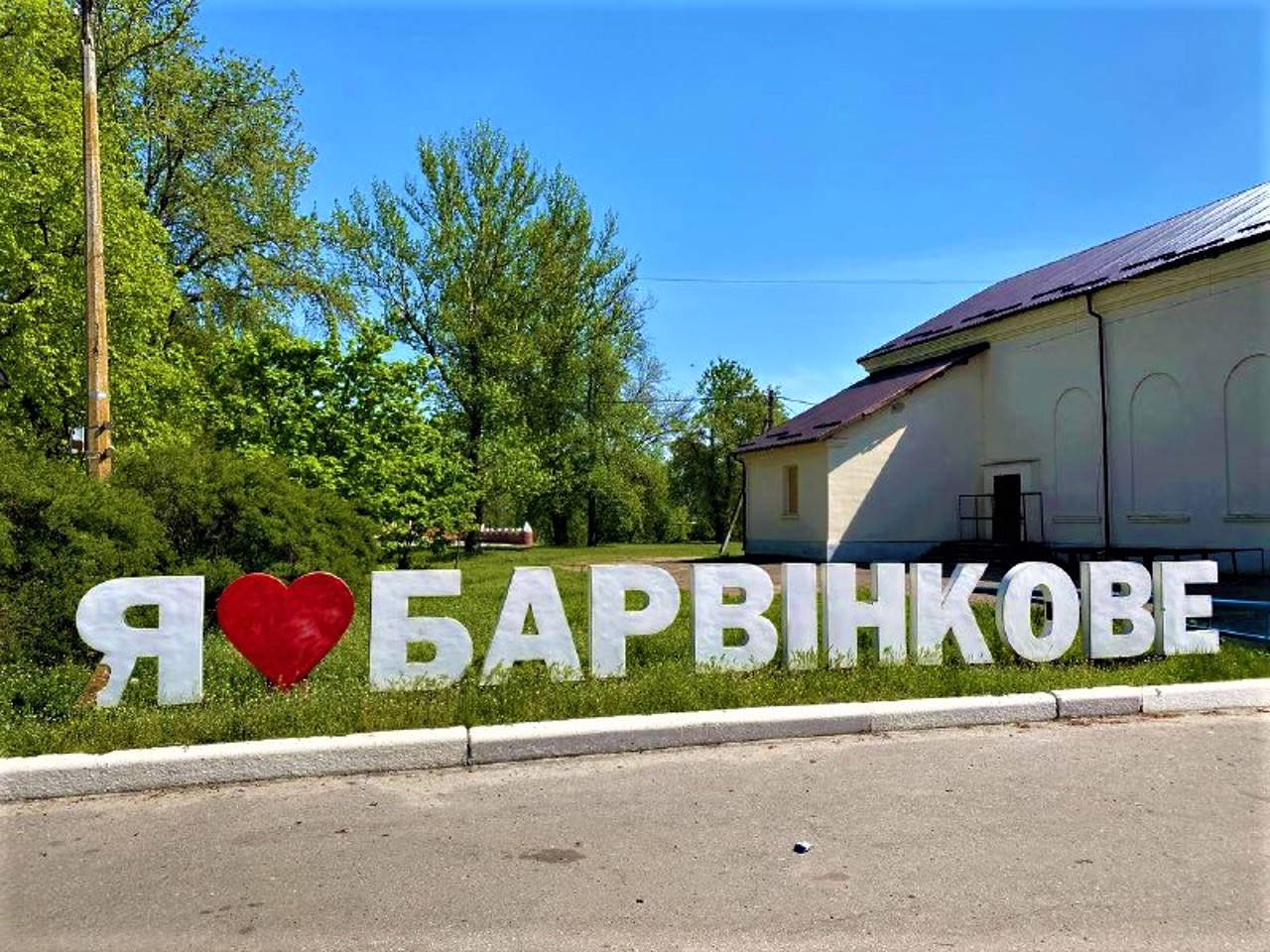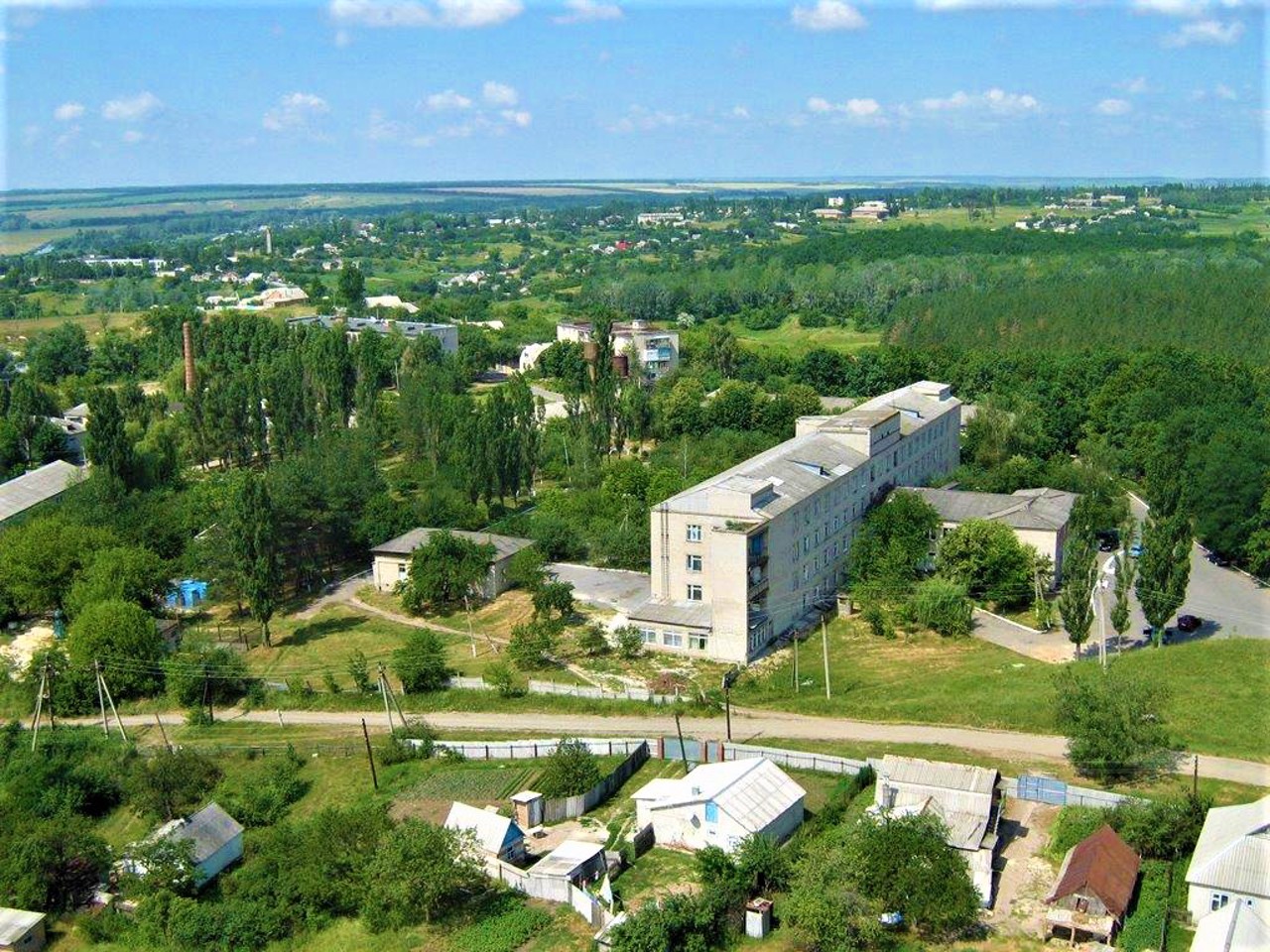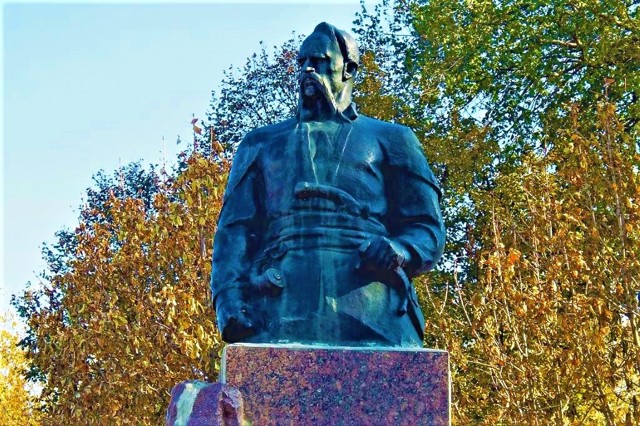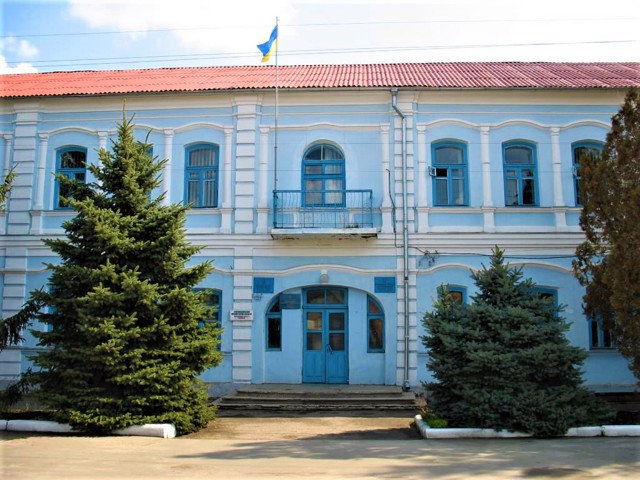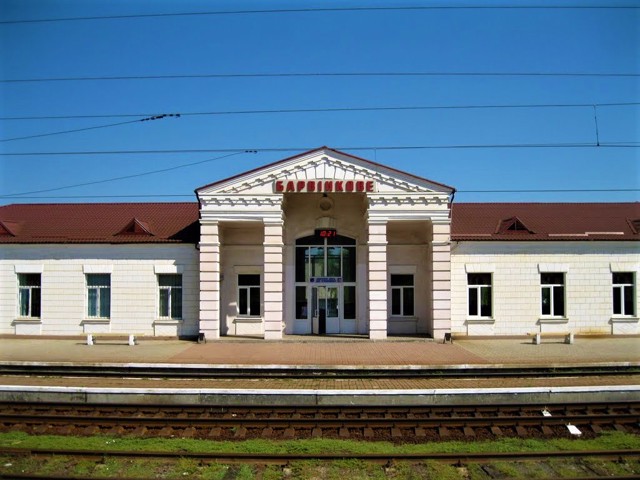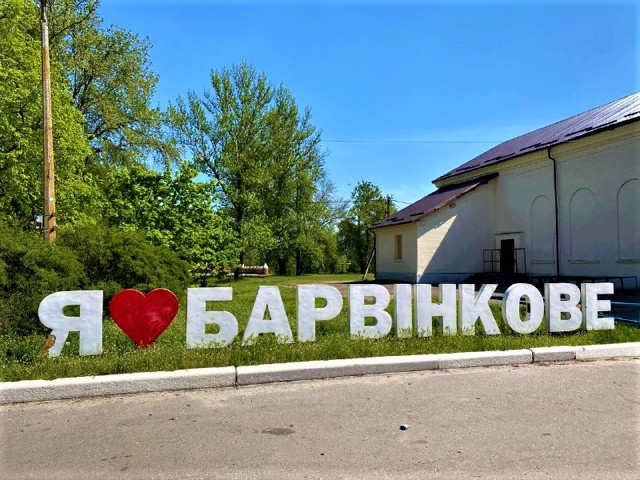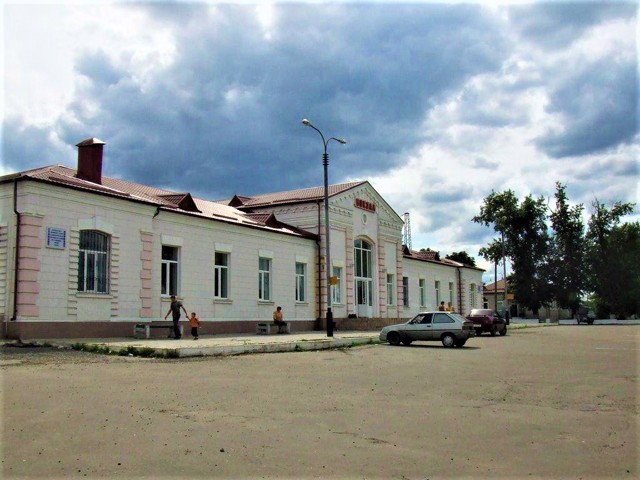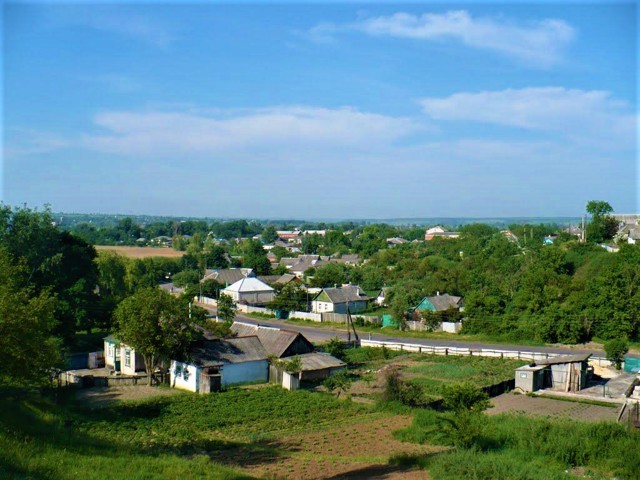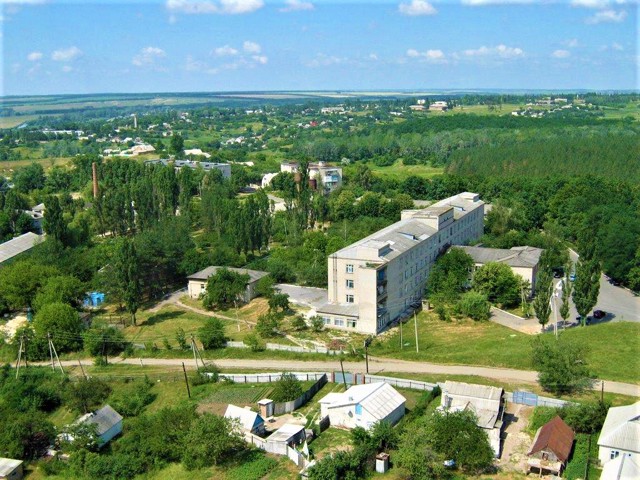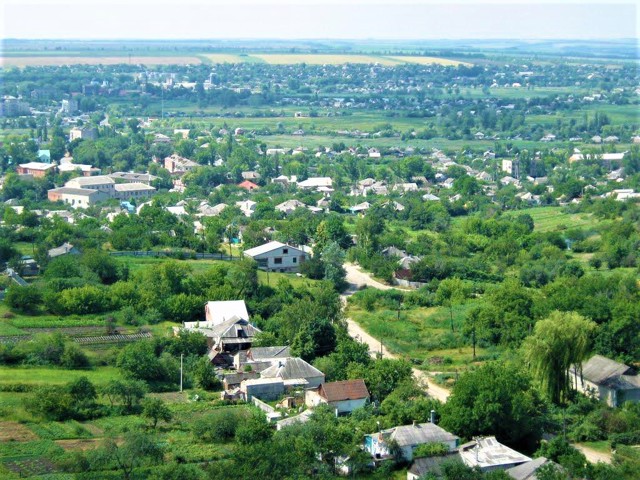Functional temporarily unavailable
General information about Barvinkove
The town of Barvinkove on the Suhyi Torets River is located 45 kilometers northwest of Izium, 145 kilometers north of Donetsk.
It was founded in 1653 by Hetman Ivan Barvinok, in whose honor it was named. The wooden fortress Barvinkova Stinka was built nearby on Chumatskyi Hill, which was destroyed in 1709 by the troops of the Moscow Tsar Petro I for supporting Ivan Mazepa and participating in the anti-Moscow rebellion of Kindrat Bulavin. Soon the settlement was revived as the administrative center of Barvinostinkivska palanka.
After the liquidation of the Zaporizhzhia Sich, Barvinkove received the status of a military settlement, the Barvinkove regiment became famous during Russia's war with T ...
The town of Barvinkove on the Suhyi Torets River is located 45 kilometers northwest of Izium, 145 kilometers north of Donetsk.
It was founded in 1653 by Hetman Ivan Barvinok, in whose honor it was named. The wooden fortress Barvinkova Stinka was built nearby on Chumatskyi Hill, which was destroyed in 1709 by the troops of the Moscow Tsar Petro I for supporting Ivan Mazepa and participating in the anti-Moscow rebellion of Kindrat Bulavin. Soon the settlement was revived as the administrative center of Barvinostinkivska palanka.
After the liquidation of the Zaporizhzhia Sich, Barvinkove received the status of a military settlement, the Barvinkove regiment became famous during Russia's war with Turkey for the liberation of Bulgaria.
At the beginning of the 19th century, Chumat fishing flourished in the town. The revival of the economy is connected with the laying of a railway through Barvinkove in 1869. The status of the city - since 1938.
The Church of the Assumption, built in 1876, has been preserved.
Місто Барвінкове на річці Сухий Торець розташоване в 45 кілометрах на північний захід від Ізюму, в 145 кілометрах на північ від Донецька.
Засноване в 1653 році гетьманом Іваном Барвінком, на честь якого і отримало назву. Поруч на Чумацькій горі було споруджено дерев'яну фортецю Барвінкова Стінка, яку в 1709 році було знищено військами московського царя Петра I за підтримку Івана Мазепи та участь в антимосковському повстанні Кіндрата Булавіна. Незабаром поселення відродилося як адміністративний центр Барвіностінківської паланки.
Після ліквідації Запорозької Січі Барвінкове отримало статус військового поселення, Барвінківський полк прославився під час війни росії з Туреччиною за звільнення Болгарії....
Місто Барвінкове на річці Сухий Торець розташоване в 45 кілометрах на північний захід від Ізюму, в 145 кілометрах на північ від Донецька.
Засноване в 1653 році гетьманом Іваном Барвінком, на честь якого і отримало назву. Поруч на Чумацькій горі було споруджено дерев'яну фортецю Барвінкова Стінка, яку в 1709 році було знищено військами московського царя Петра I за підтримку Івана Мазепи та участь в антимосковському повстанні Кіндрата Булавіна. Незабаром поселення відродилося як адміністративний центр Барвіностінківської паланки.
Після ліквідації Запорозької Січі Барвінкове отримало статус військового поселення, Барвінківський полк прославився під час війни росії з Туреччиною за звільнення Болгарії.
На початку XIX століття в містечку процвітав чумацький промисел. Пожвавлення економіки пов'язане з прокладкою через Барвінкове в 1869 році залізниці. Статус міста - з 1938 року.
Збереглася Успенська церква, збудована в 1876 році.
Сплануй своє перебування у Barvinkove
What to see and where to go in Barvinkove
Tourist attractions and museums of Barvinkove
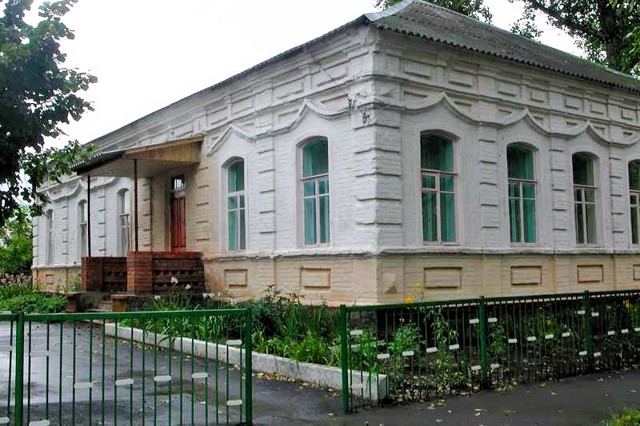
Barvinkove Local Lore Museum
Museum / gallery
The Barvinkove Local Lore Museum was established in 1936 thanks to the efforts of a group of local enthusiasts led by ethnographer, artist and collector of antiquities Ivan Plys.
Before World War II, the museum operated on a non-profit basis and had a rich collection of antiquities - antique furniture, jewelry, decorative and applied art, and works of fine art. With the beginning of World War II, the museum ceased its activities, most of the collection was lost. It resumed its work in 1946 in the premises of the city cinema. In 1950, the museum was closed again. In 1960, thanks to the petitions of Ivan Diachenko, the museum was reopened and located in an emergency room. A year and a half later, it was closed again. After both the first and second closures of the museum, the most valuable exhibits were taken to other museums.
In 1974, the museum resumed its work as an art museum. It exhibited works by Ivan Plys and other authors. In 1977, the museum received the title of "People's Museum".
In 1990, the museum was reorganized into a local history museum and was located in a building from the early 20th century, where it is located to this day. In 2003, the art department of the Barvinkove Local Lore Museum was opened in the neighboring building. The museum has over 9 thousand items of storage, including works of art: paintings - over 300, sculptures - 16, objects of decorative and applied art - over 100.
The historical and local history department of the museum has 6 exhibition halls: natural history and archeology, four halls dedicated to the historical periods of the development of the city and the district, the sixth hall is intended for temporary exhibitions.
The Art Department has 4 exhibition halls, two of which are thematic: one is dedicated to the works of Ivan Plys, the second to the life and work of the People's Artist of Ukraine, sculptor Ivan Makohon.
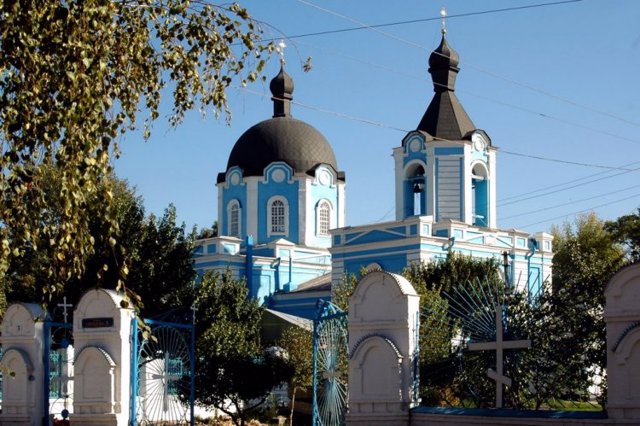
Holy Assumption Church
Temple , Architecture
The Church of the Assumption in Barvinkove was founded in 1876 and consecrated in 1884.
The temple was built in the late Byzantine style in honor of the exploits of the Barvinkove regiment, which became famous during the liberation of Bulgaria from Ottoman rule. The emperor donated a silver guard to the temple, and the imperial court - a large iconostasis of the work of artists of the Cathedral of Christ the Savior in Moscow.
During the Bolshevik revolution at the beginning of the 20th century, all the decoration of the temple was destroyed. During World War II, the altar was destroyed by a bomb, but most of the church survived. Assumption Church was recreated in its original form during the restoration in 1982.
Reviews Barvinkove
Geographical information about Barvinkove
| {{itemKey}} | {{itemValue}} |
|---|---|
| Region |
Kharkiv |
